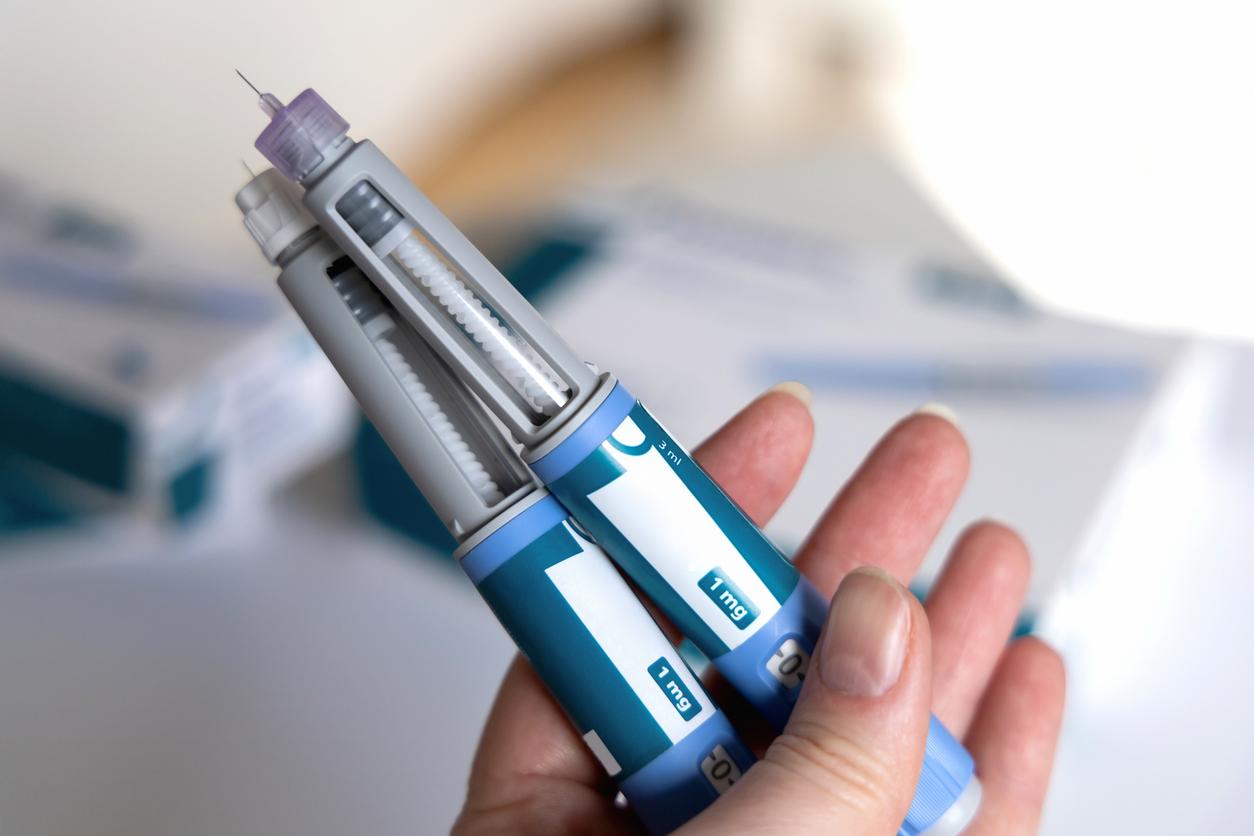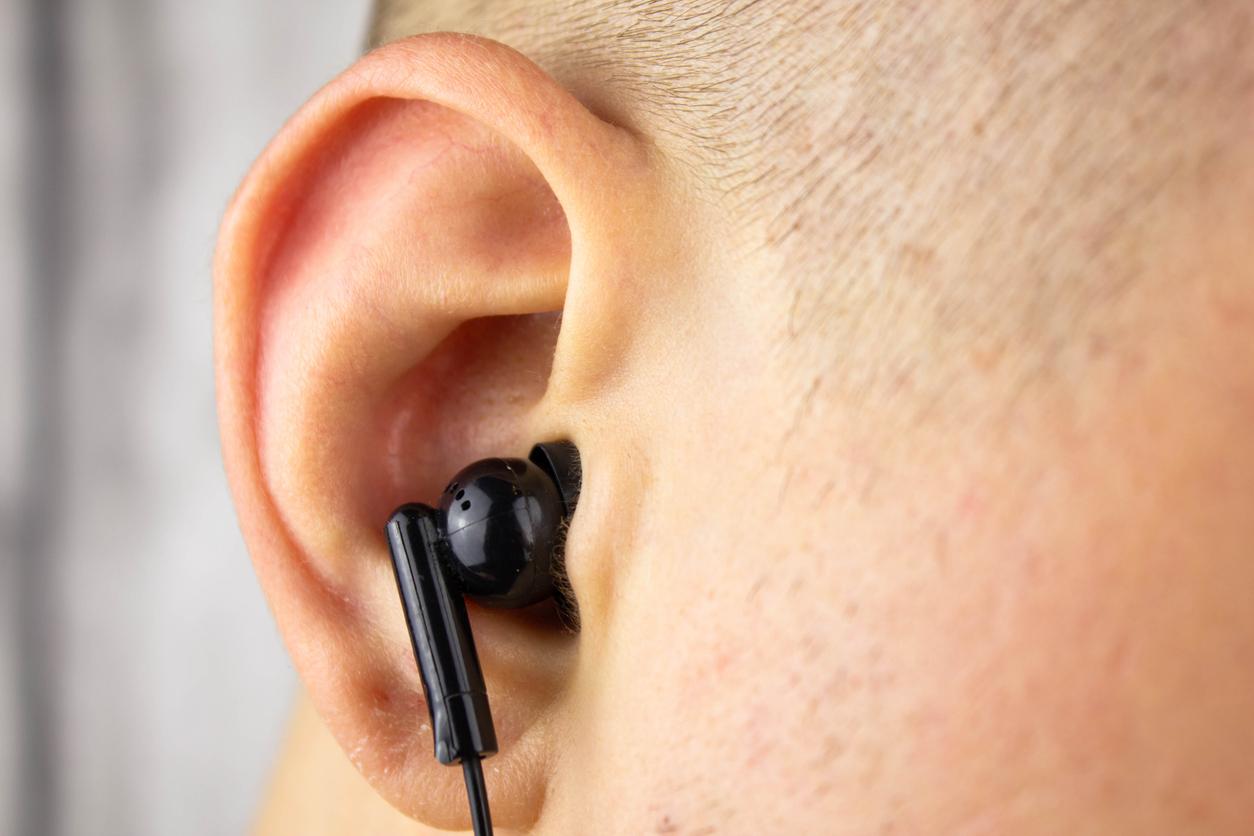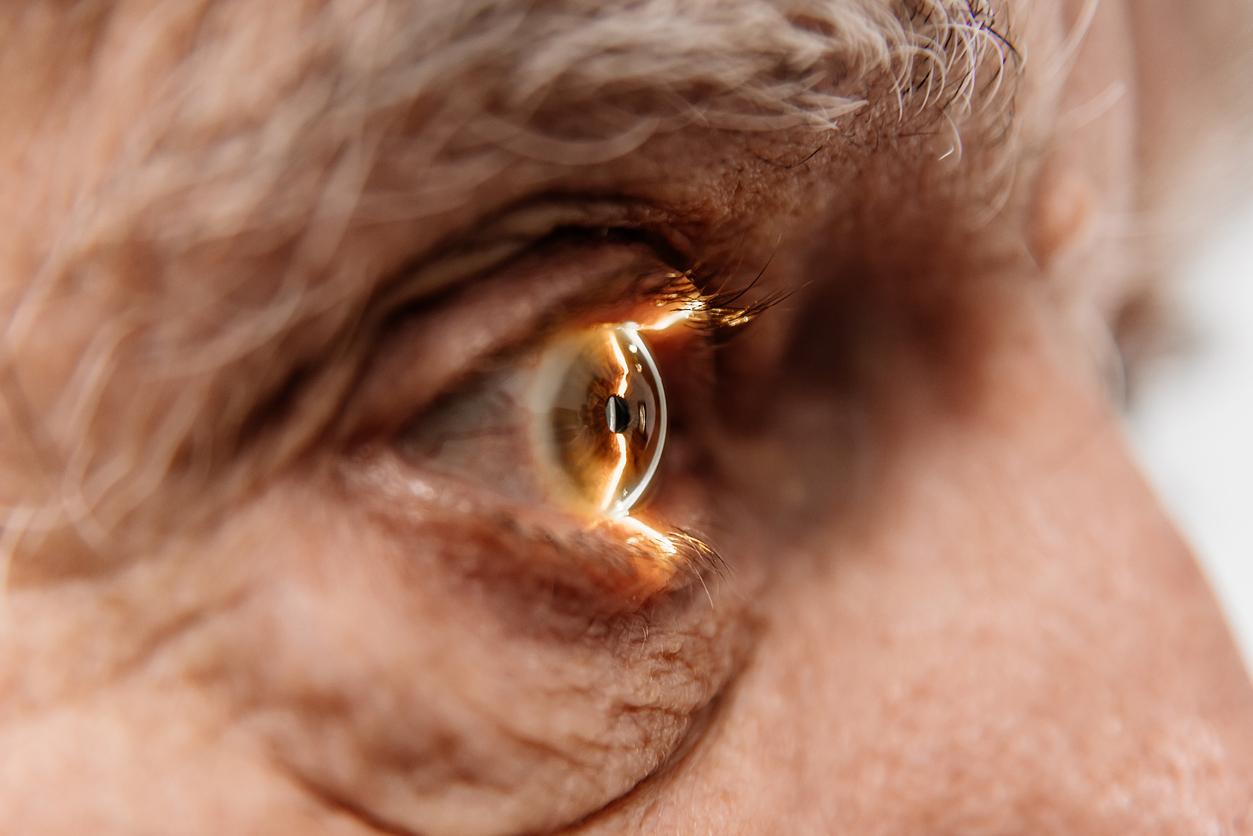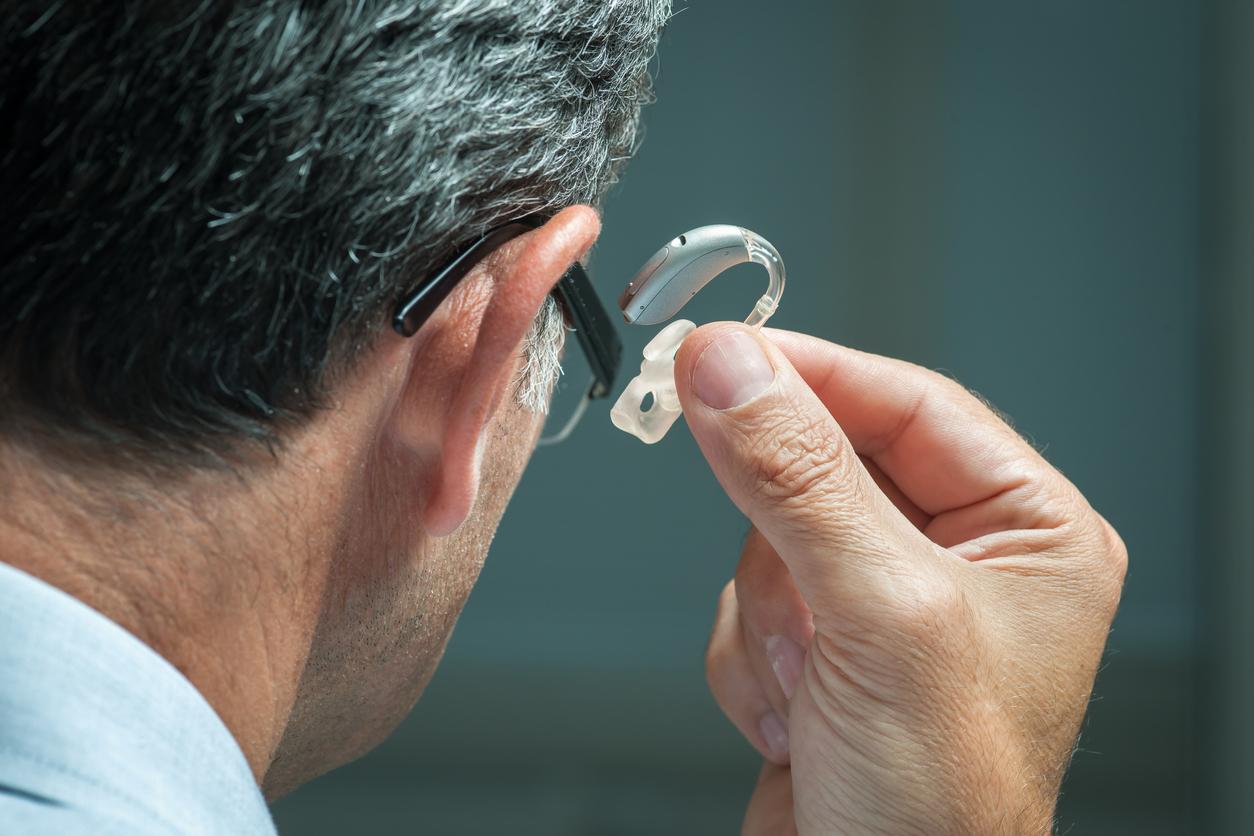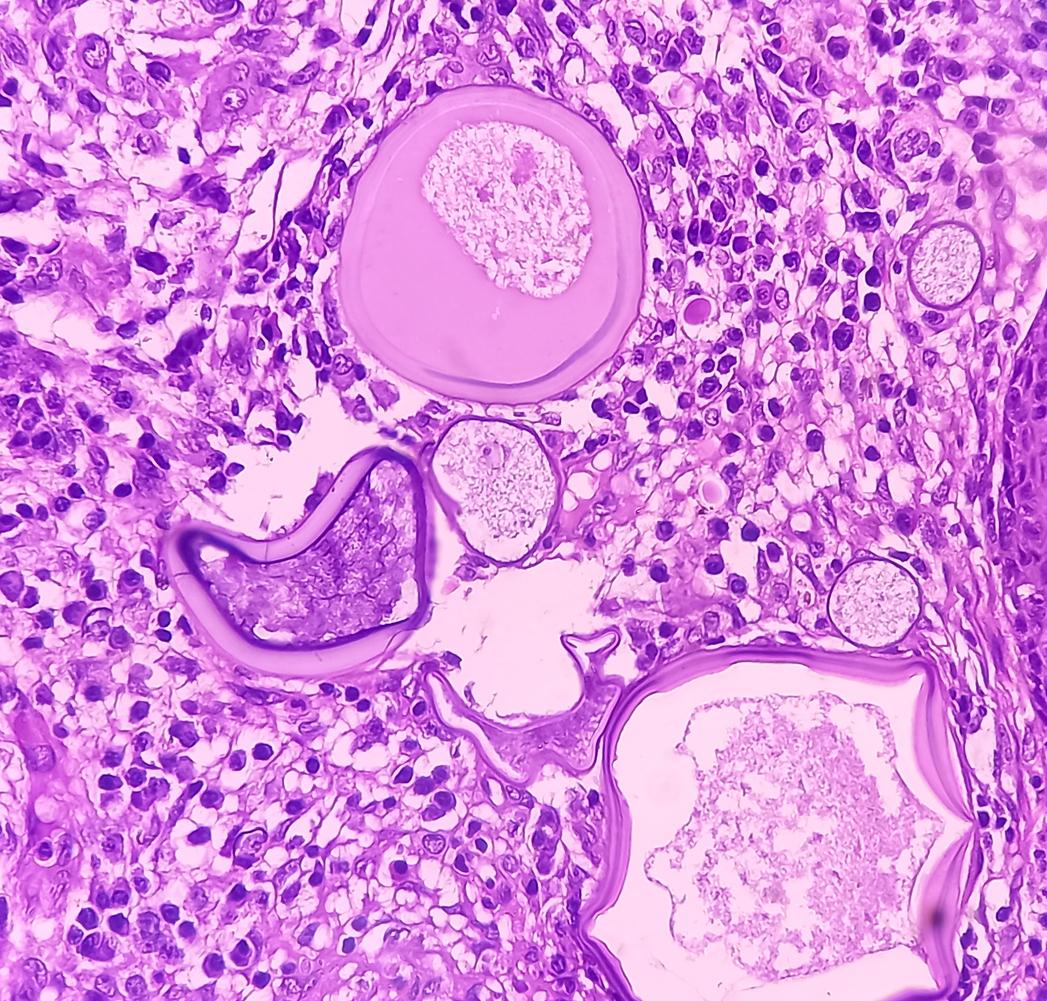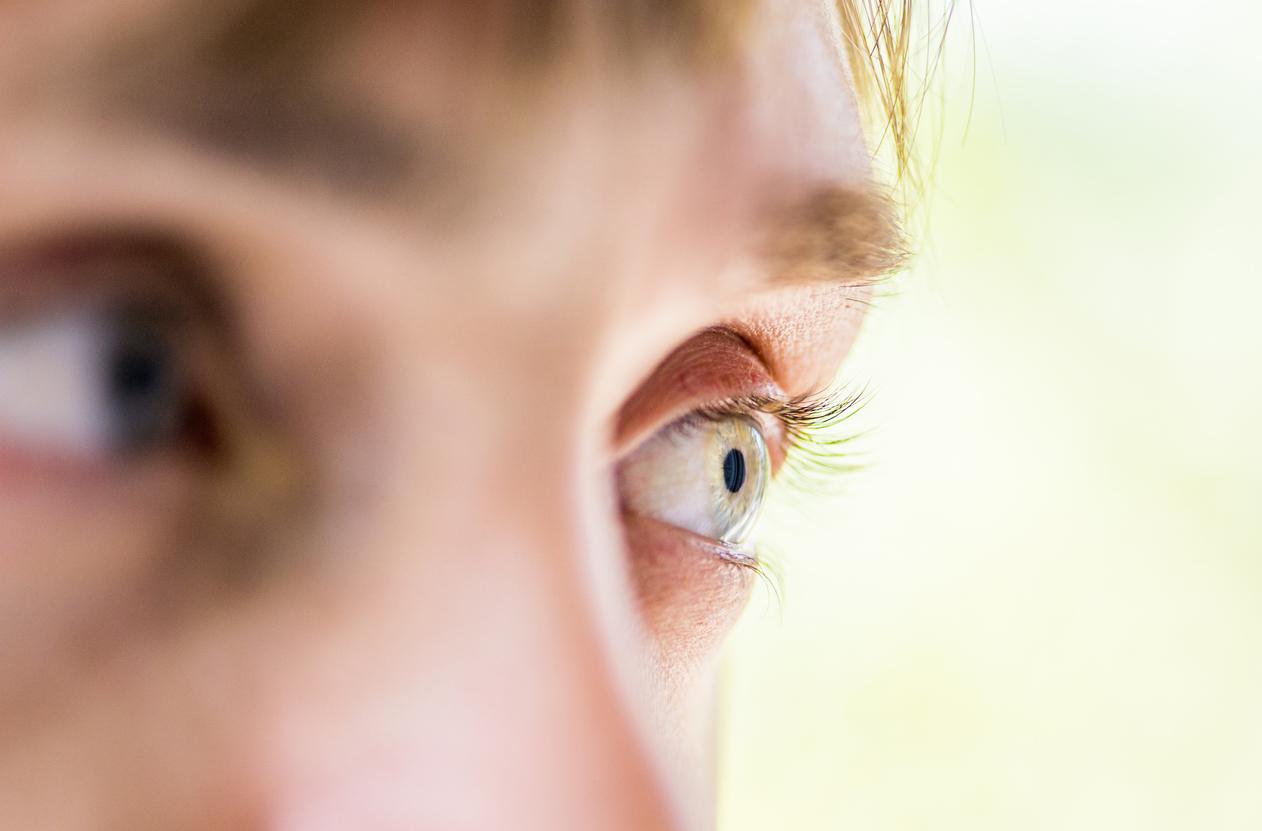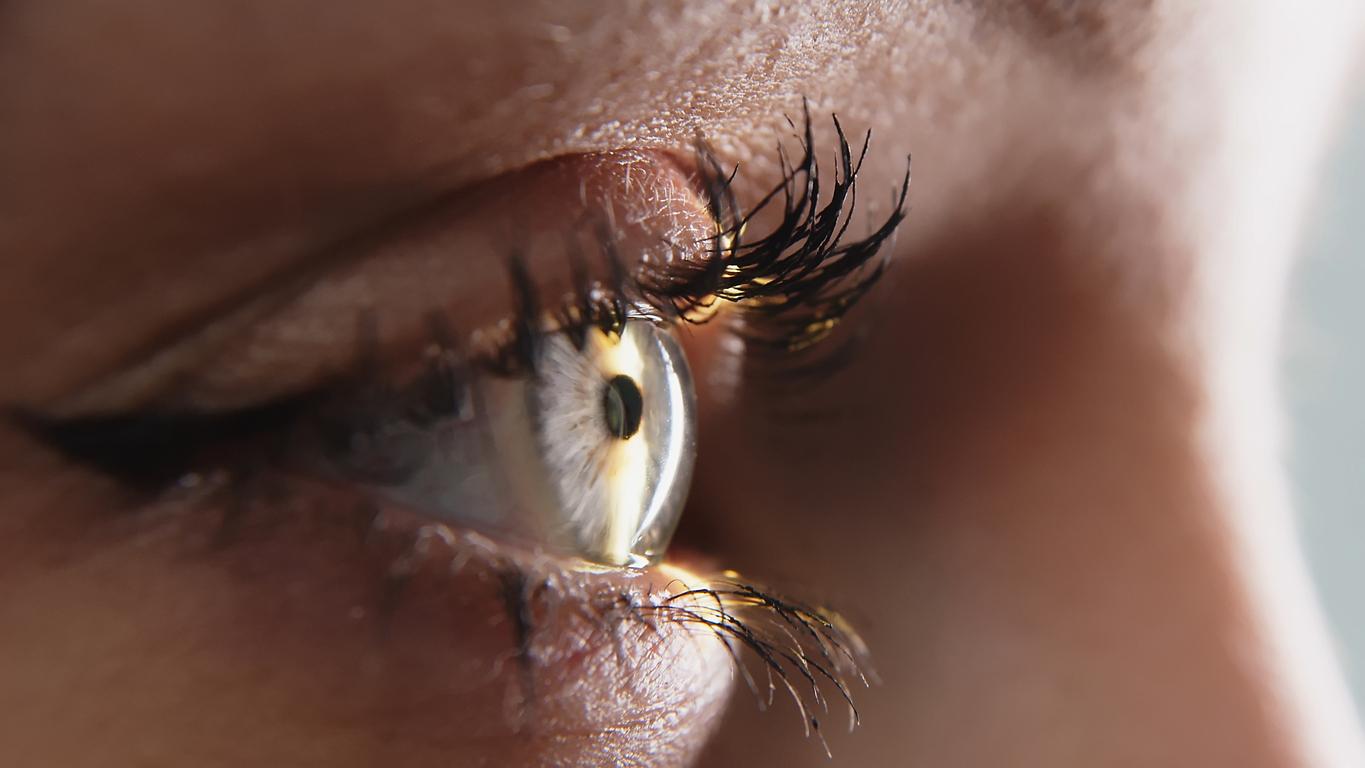By injecting hydrogel into the eye, it would be possible to create an opening capable of letting excess fluid from the eyeballs of people with glaucoma drain out.
-1607451812.jpg)
- Thanks to the hydrogel injected into a cavity of the eye, it is possible to drain the overflow which creates the intraocular pressure.
- This treatment, still under study, could cure glaucoma for six months.
- Glaucoma affects 75 million people worldwide and is the leading cause of irreversible blindness.
Excessive pressure inside the eyeballs can cause a person to go blind. This is what happens in glaucoma, a degenerative disease that causes blindness due to excessive intraocular pressure. Researchers at Emory University (USA) have found a way to reduce this pressure and treat glaucoma over a fairly long period. The results were published on December 7, 2020 in the journal Advanced Science.
Up to 75 million people worldwide have glaucoma, which is the leading cause of irreversible blindness. The damage caused by this disease is due to excess pressure in the eye which damages the optic nerve. Current treatments try to reduce this intraocular pressure through the daily application of eye drops, or through surgery or the implantation of medical devices, but these treatments are often not very effective.
“The holy grail for glaucoma is an effective means of reducing pressure that does not rely on the patient putting drops in their eyes every day, does not require a complicated operation, has minimal side effects and has a good safety profile, says Ross Ethier, professor of bioengineering at Emory University. Jam excited about this potentially game-changing technique in the treatment of glaucoma.”
An injection to smooth the exit of liquids
For this research, the work was carried out on animals. Ross Ethier and his team have developed a tiny hollow needle capable of injecting a polymeric preparation into a structure just below the surface of the eye, called the suprachoroidal space (SCS). Inside the eye, the solution chemically changes to become hydrogel, which keeps a channel in the SCS open, allowing the overflow inside the eye to gradually drain out.
Normally, there are two routes by which fluid from the aqueous humor leaves the eye. The main pathway passes through a structure known as the trabecular meshwork, which is located at the front of the eye. The secondary route goes through the SCS, which normally has only a very small gap. In the presence of glaucoma, the primary pathway is blocked, so to reduce the pressure treatments are created to open the secondary pathway enough to allow the overflow to drain. “By opening up this space, we are taking a route that otherwise would not be used effectively to remove fluid from the eye”says Mark Prausnitz, chair of chemical and biomolecular engineering at Georgia Tech.
Make the treatment more effective over time
This injection would only take a few minutes and would reduce pressure in the eyes for four months. The objective for the researchers is now to make this treatment effective for six months, in order to only have half-yearly treatments to perform. However, if the results on animals have been conclusive, other tests are still to be expected before moving on to human trials.
“The idea of having a single treatment that lasts six months would be particularly useful for those whose access to health care is not optimal. Having a long-acting therapy would be of added benefit during a pandemic or other disruption, when access to healthcare is more difficult”concludes Ross Ethier.

.








